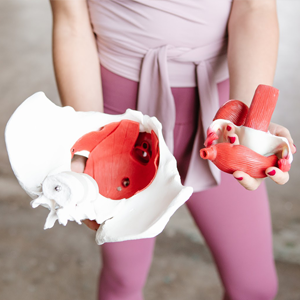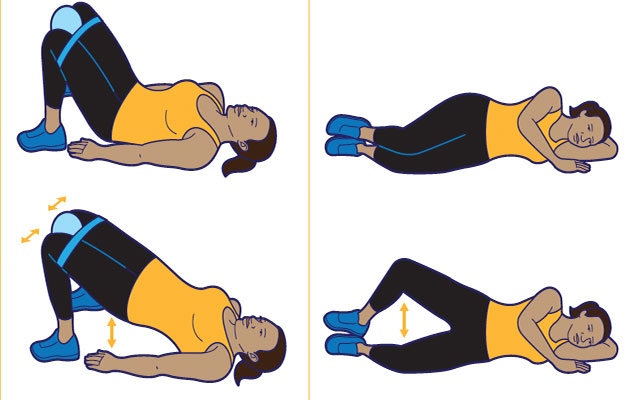A Guide To Diaphragmatic Breathing To Improve Pelvic Floor Strength For Women
Diaphragmatic breathing, also known as deep or belly breathing, is a simple yet powerful exercise that can significantly enhance pelvic floor strength and overall health for women. Here’s how it works and why it's beneficial:
- Enhances Muscle Coordination: Diaphragmatic breathing improves the coordination between the diaphragm and pelvic floor muscles. During inhalation, the diaphragm moves downward, which allows the pelvic floor muscles to relax. On exhalation, the diaphragm rises, prompting the pelvic floor to contract, strengthening these muscles over time.
- Increases Awareness and Control: This breathing technique helps women become more aware of their pelvic floor muscles. Enhanced awareness leads to better control, which is particularly useful in managing issues like urinary incontinence and pelvic organ prolapse.
- Promotes Relaxation and Stress Relief: Diaphragmatic breathing is effective in reducing stress and promoting relaxation, which can alleviate tension in the pelvic floor muscles. This is especially beneficial for women suffering from pelvic pain or discomfort.
- Supports Posture and Core Stability: Proper diaphragmatic breathing supports good posture and enhances core stability. This reduces the strain on the pelvic floor muscles and prevents muscle imbalances, contributing to overall pelvic health.
- Facilitates Postpartum Recovery: For postpartum women, diaphragmatic breathing can aid in the recovery process by restoring core and pelvic floor function, promoting better healing and rehabilitation.


































